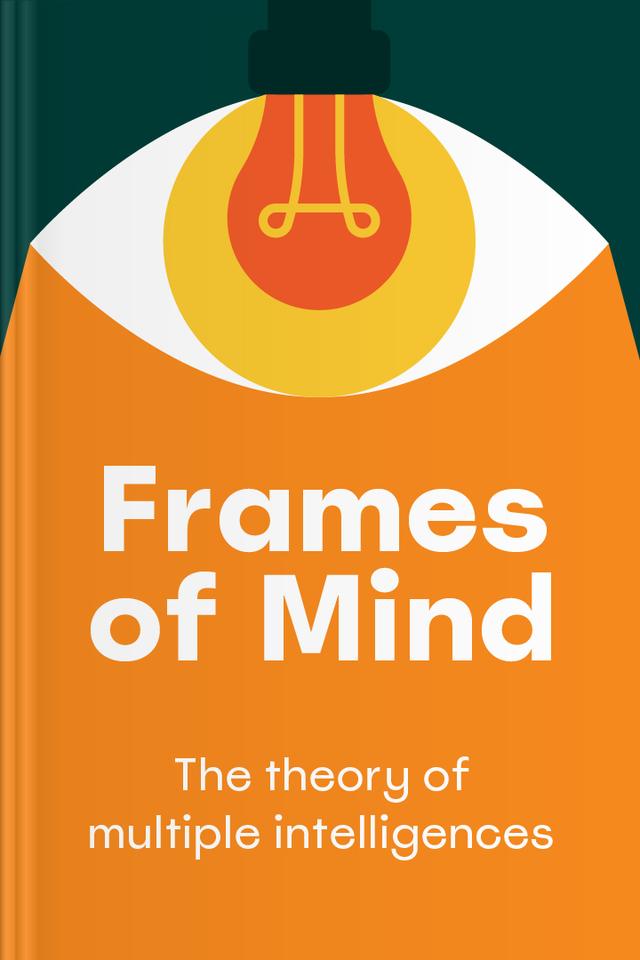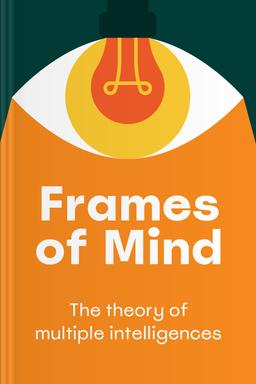You’ll learn
- Why we can’t quantify intelligence
- How to master new cognitive abilities
- About reaching full intellectual potential
- The connection between language and intelligence
russia has launched a full-scale war in Ukraine. Donate to support Ukraine and protect the world’s peace.

first KEY POINT
In contemporary Western culture, there is a widespread notion that intelligence is a generic attribute that can be evaluated and represented by a single numerical number (Intelligence Quotient — IQ). However, there are numerous bits of intelligence working in relative neurobiological isolation, which is compelling proof that we can’t measure our intelligence.
Dr. Gardner categorizes the multiple forms of human intelligence as linguistic, musical, logical-mathematical, spatial, bodily-kinesthetic, intrapersonal, and interpersonal. Gardner’s theory implies that accepting the existence of multiple intelligences makes it easier to understand why some people possess some skills while others don’t. For example, knowing musical intelligence exists makes it easy to understand why singers like Beethoven or Andrea Bocelli have an excellent command of their voice and sounds.
Additional research and exploration of multiple intelligences may prove it feasible to design new tests that identify a child's intellectual strengths and limitations — which would, in turn, assist educators in better developing children's potential.This summary is perfect for scientists, philosophers, and anybody interested in learning more about human social behavior and emotions.
second KEY POINT
The modern-day notion of intelligence has grown so prevalent that it sounds like a collection of several measurable qualities. Although it is more effective as a descriptive phrase for characterizing an individual's ability to flourish in a given profession, it is especially beneficial in the fields Dr. Gardner gathered. He provided a list of brain abilities to support his idea of multiple intelligences.

Continue reading with Headway app
Continue readingfirst KEY POINT
second KEY POINT
third KEY POINT
fourth KEY POINT
fifth KEY POINT
sixth KEY POINT
seventh KEY POINT
eighth KEY POINT